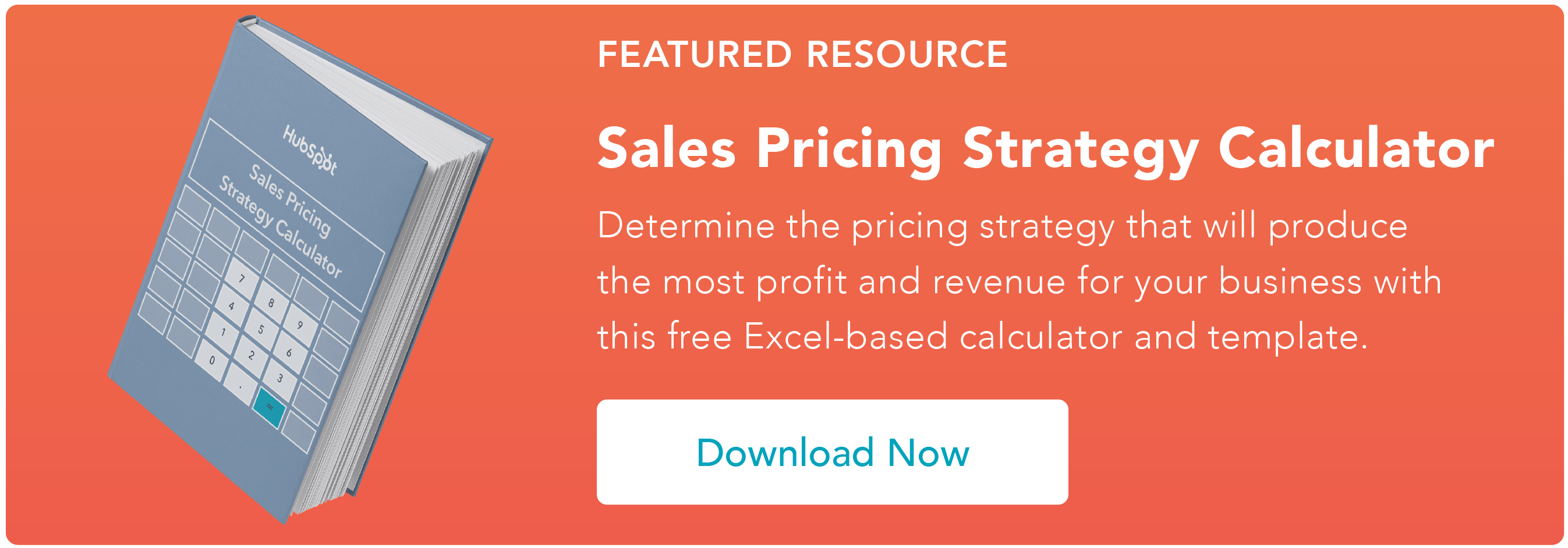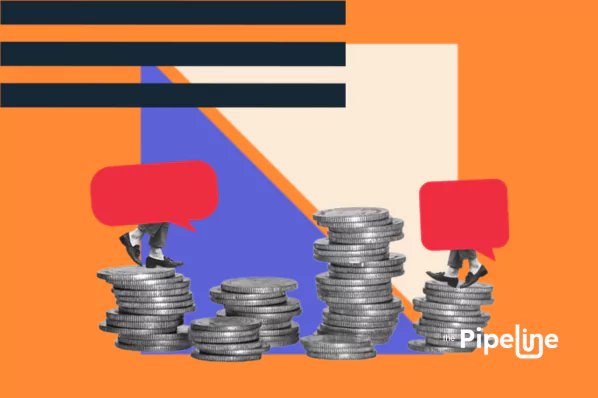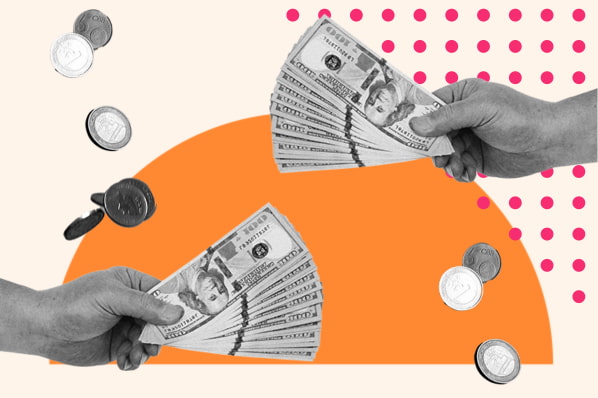For others — specifically, those that offer services or non-physical products like software — pricing may be a bit more challenging. There are a number of ways to approach pricing your products and services. In this article, we’ll be talking about one called subscription pricing. Let's take a closer look at the concept.
The Benefits of Subscription Pricing
Subscription pricing has become increasingly popular over the years — and for good reason. It can offer both businesses that leverage it and their customers a wide range of benefits. Some of these perks include:
Benefits to the Customer
- Smaller payments
- No need to remember to reorder
- Predictable delivery of product or service
- Products can be adapted to their tastes
Benefits for the Retailer
- Predictable revenue
- Simpler customer retention
- Easier inventory management
- Increased engagement and loyal fans
As you can see, a subscription pricing strategy is beneficial to everyone involved. No wonder 81% of U.S. adults subscribe to at least one service — delivering anything from dog food to toiletries to dinner to entertainment.
Before we look into how subscription pricing works, let’s take a look at a few examples. You may be surprised to see how many different industries and products have jumped on the subscription bandwagon.
Subscription Pricing Examples
Amazon Prime
Probably the most common subscription-based service and the least thought of. For a low annual fee of $119, subscribers receive free two-day delivery — as well as access to streaming video, music, and games.

Netflix
For a monthly fee, this streaming entertainment service provides instant access to thousands of titles and makes recommendations based on what you’ve watched in the past.

HP Instant Ink
Gone are the days of running out of ink cartridges for your printer. An HP Ink subscription allows you to estimate how much printing you’ll do each month, and receive enough ink, delivered directly to your home or office, to keep you printing well into the future.

Barkbox
Barkbox provides a subscription box service for pet owners. For a monthly fee, you’ll receive a new box each time, filled to the brim with fun and useful items.

As you can see, the sky's the limit when it comes to what products and services can be offered on a subscription basis.
Subscription Pricing Models
If you’re toying with the idea of incorporating a subscription strategy into your business, you’ll want to understand the four types of subscription pricing models and determine which would be best for you.
These models include:
Flat-Rate - As the name suggests, a flat-rate or fixed pricing model offers customers one price for everything they offer. This works best for businesses with one buyer persona and a product with limited features. This is easy for the company and easy for the customer.
Tiered - A tiered pricing model refers to offering various packages at different price points. This works especially well for companies with a diverse customer base and a variety of levels of service to offer. This type of pricing is very common among SaaS companies. It's flexible, scalable, and increases the lifetime value of a customer because they have the option to upgrade or downgrade service based on their needs.
Usage-Based - Also known as a "consumption" or "pay-as-you-go" model, this approach depends on how often consumers utilize a product or service — and how much of it they use. This works well when customers’ usage varies widely. An example of this model is HP Ink who bases its pricing on how much ink you use each month. This provides a great deal of flexibility to your customers and attracts new customers intrigued by low upfront costs.
Per-Added-Module - With this approach, you have a base product offering and then provide options to upgrade the functionality for an increased price. This works well when your customers know what functionality they need. If multiple users work in a software program, however, not everyone needs the same level of access to complete their responsibilities, this would be a great option. When priced right, there is a strong incentive to upgrade.
Per-User - Companies charge for each user of their product. This is similar to the per-license model we’ve become familiar with through software subscriptions. This model works well for frequently used products and those that assist with collaboration in an organization. It’s simple to understand, helps you scale revenue as the number of users increases, and provides more predictable revenue generation than some of the other models.
Depending on the type of business you own, one of these models will likely make more sense for you. There is more information available to those wondering how to price a SaaS product.
Whether you are starting a new business or looking for a way to tweak your offerings to make it easier for customers to do business with you, subscription pricing may be the solution.
Choose the right model for you, research the competition, and then devise a strategy that will work for your company. Remember, you always have the option to beta test new products and methods to make sure that your new strategy will be well received.
Happy selling!

Pricing Strategy
.png?width=112&height=112&name=Image%20Hackathon%20%E2%80%93%20Vertical%20(45).png)
.jpg)






![Price Skimming: All You Need To Know [+ Pricing Calculator]](https://53.fs1.hubspotusercontent-na1.net/hubfs/53/price-skimming-strategy.jpg)

.jpg)
![B2B Pricing Models & Strategies [+ Pros and Cons of Each]](https://53.fs1.hubspotusercontent-na1.net/hubfs/53/b2b-pricing-models-and-strategies.jpg)